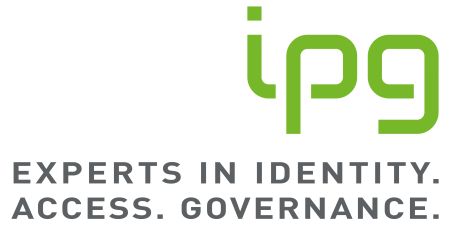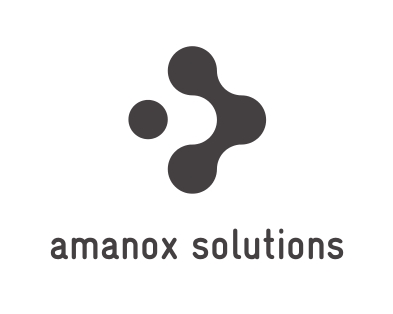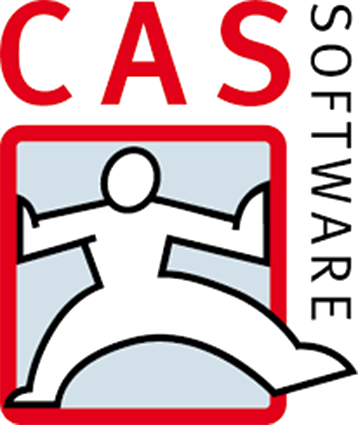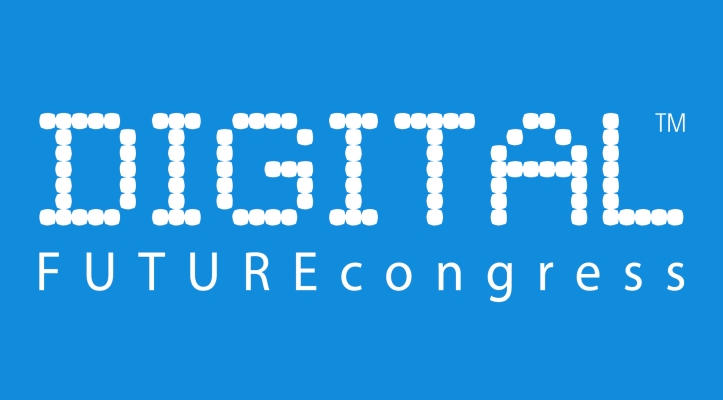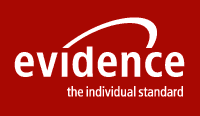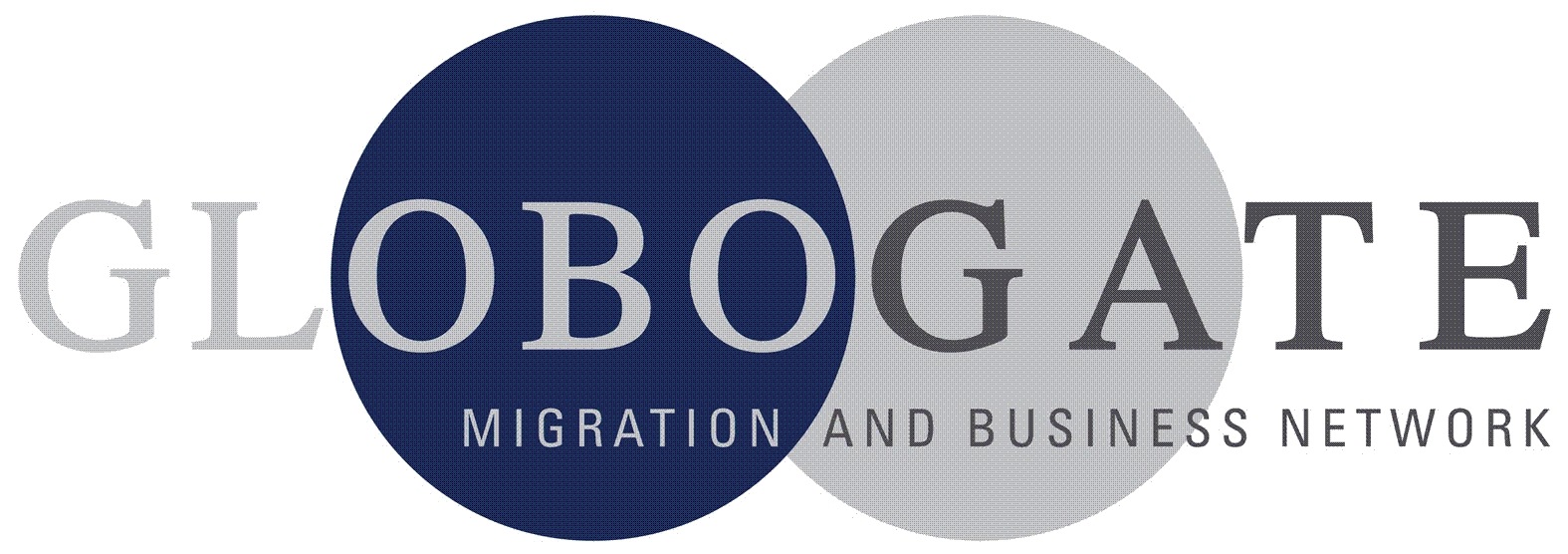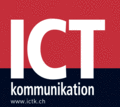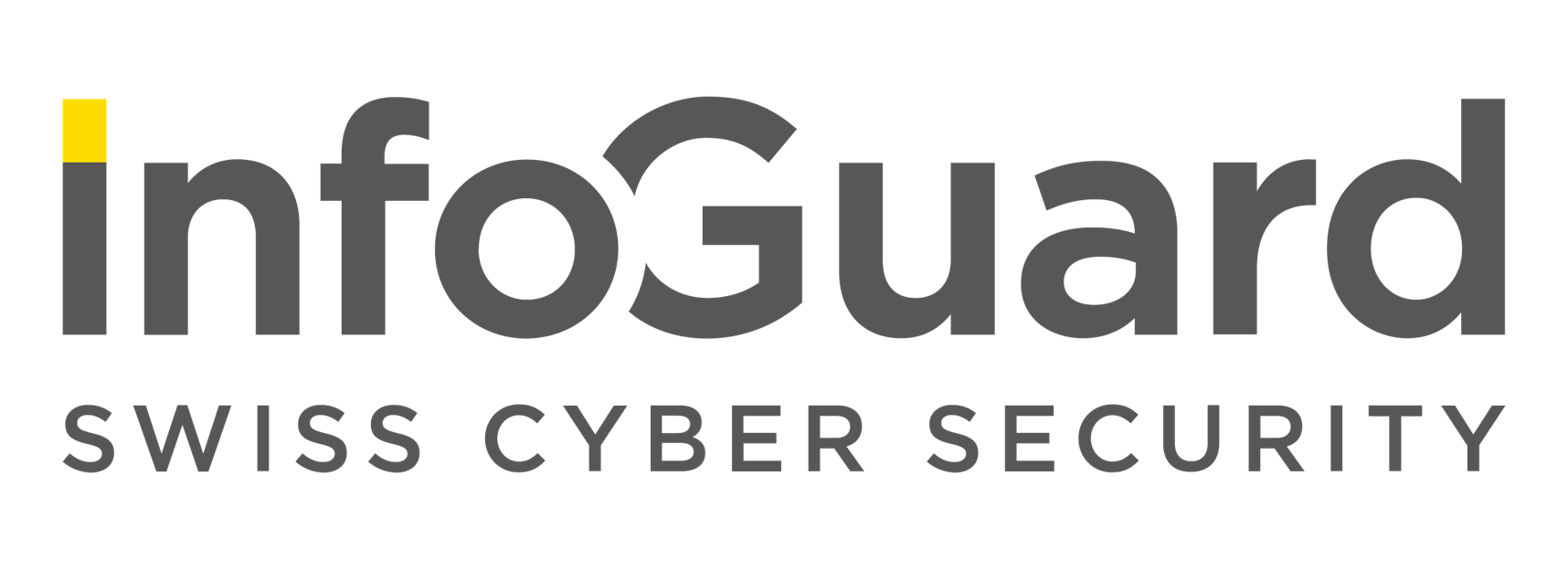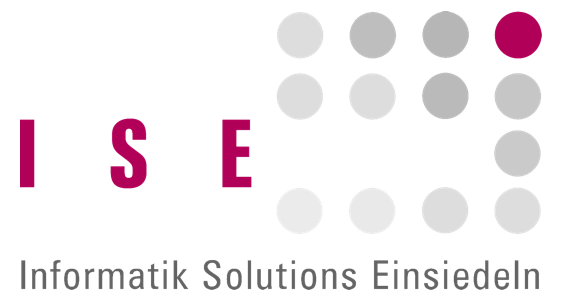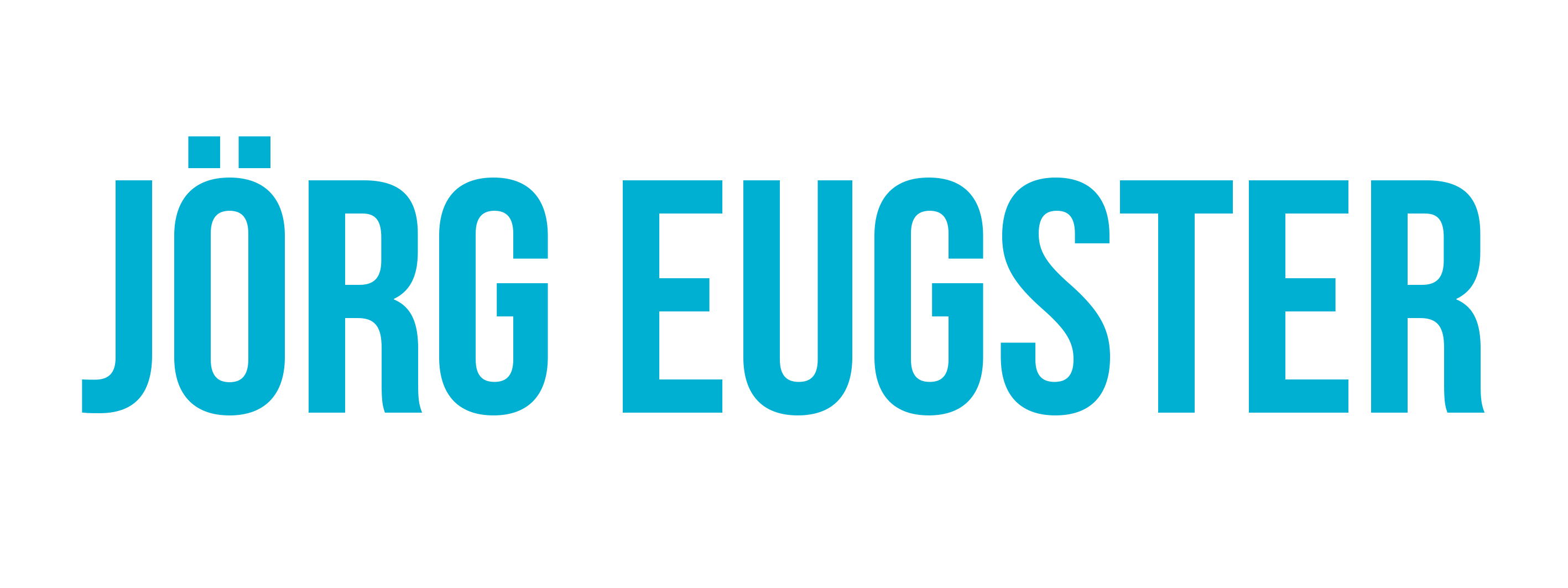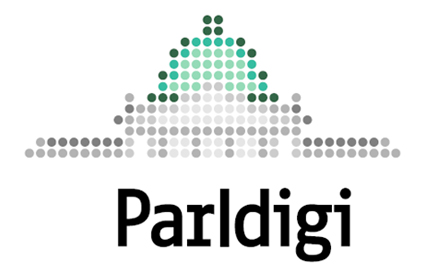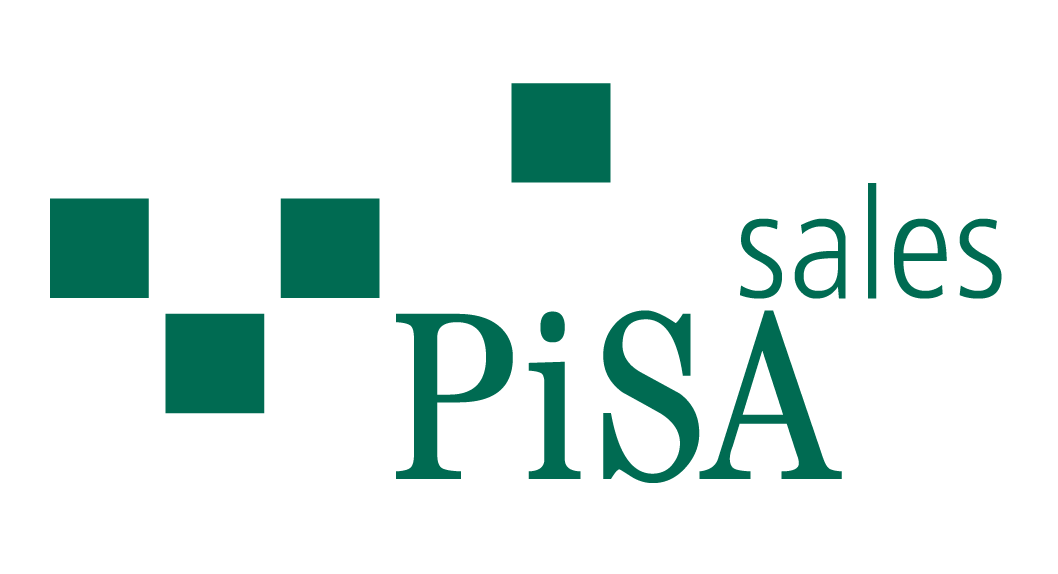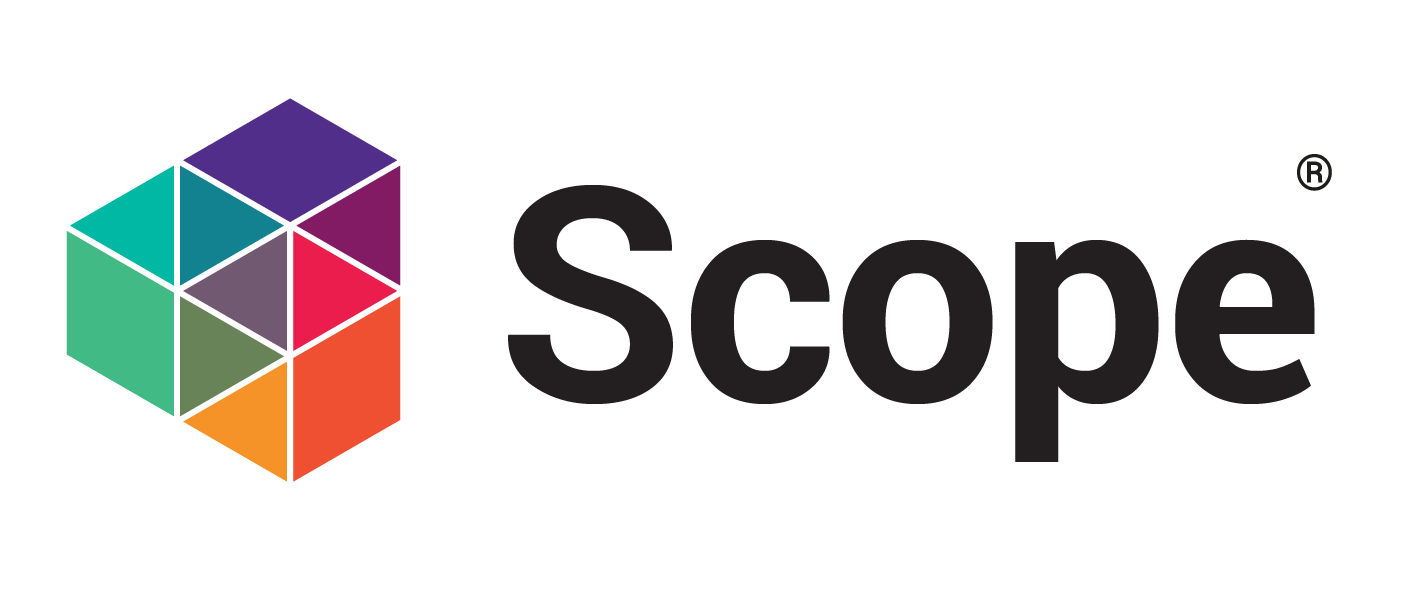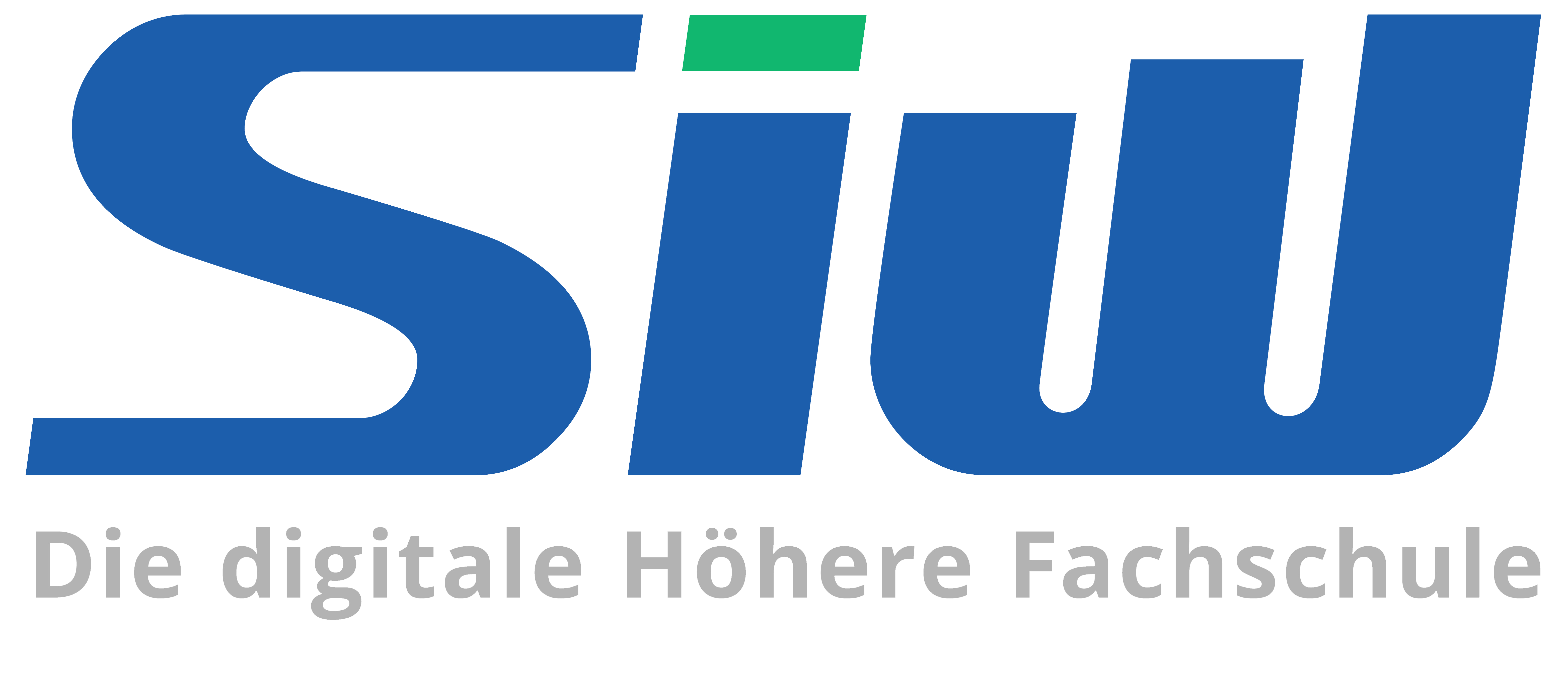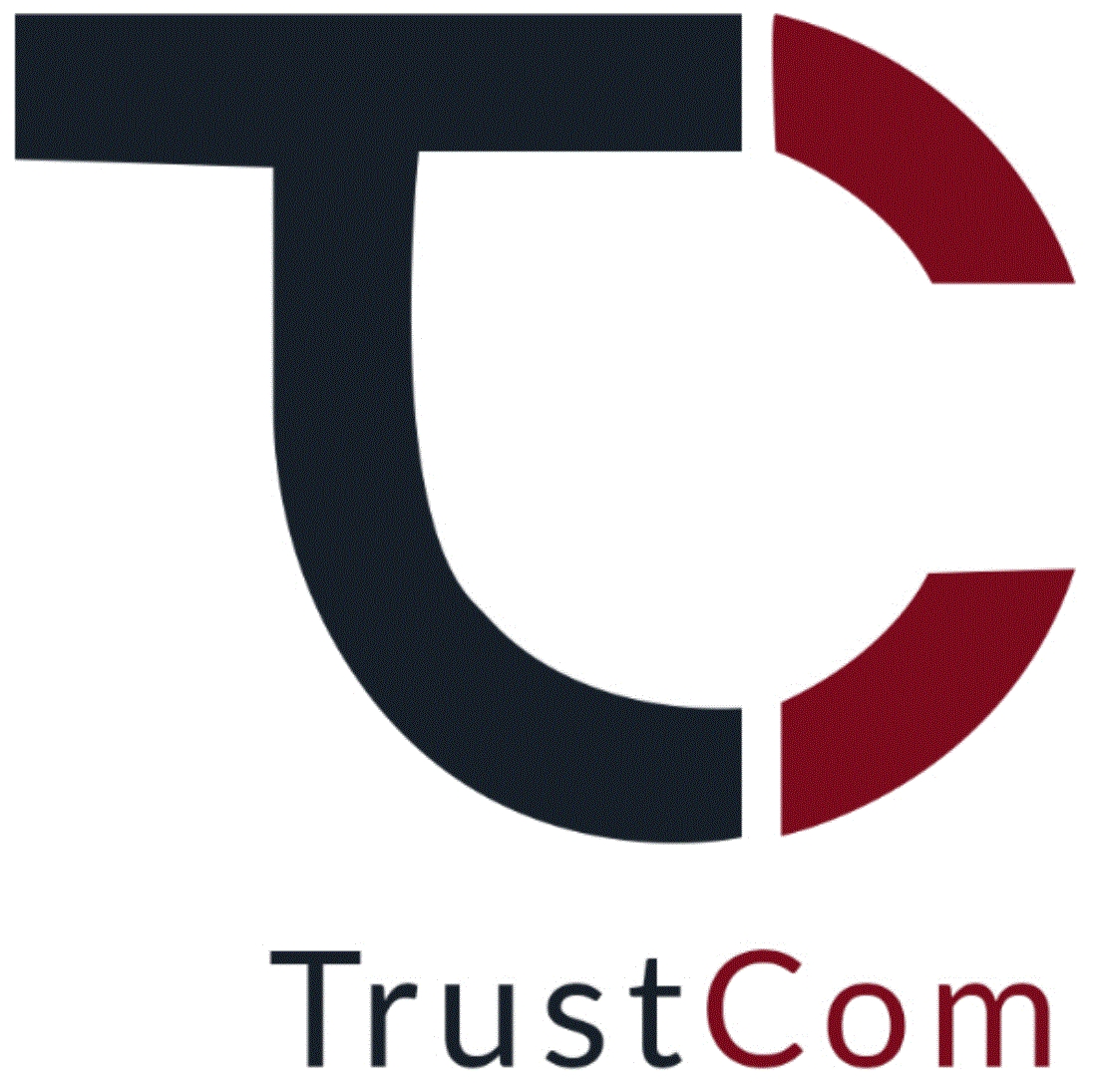Healthcare / Medical
Gartner Recommends Six Actions to Help Medical CIOs Build a Healthier Future
Across the world, healthcare delivery faces unprecedented demographic challenges that increase demand at a time of widespread fiscal austerity. Technology is proposed as a panacea, but without proper planning and implementation it can deliver a poor return on investment (ROI), according to Gartner, Inc.
“Digital transformation offers great opportunities for healthcare provider CIOs to shape a new future for their organization that must deliver more and better healthcare without any guarantee of corresponding increases in budget,” said Mike Jones, research director at Gartner. “But, it can be difficult to know where to start in a highly politicized environment where poor decisions can cost lives.”
Gartner has identified six key priorities for CIOs to focus on:
1. Improve Financial Insights to Better Align IT Capabilities
“Many healthcare organizations lack visibility into the true costs of delivering care and this puts them in the dangerous position of making strategic changes without fully understanding their financial impact,” said Mr. Jones. “Moreover, they often lack the mature enterprise architecture capabilities needed to identity and design solutions that can improve clinical and financial outcomes.”
Gartner recommends that the CIO immediately work with the CFO and chief medical officer (CMO). The three of them can start identifying and launching a pilot around a specific use case to advance cost-accounting methodologies and system adoption. If successful, the CIO should seek to scale up the pilot across the organization.
2. Use Enterprise Architecture to Plan for a Digital Real-Time Health System Era
As technology becomes more critical to the success of healthcare delivery, so the technology environment becomes more challenging to manage.
“Gartner surveys show that healthcare providers which lack a mature enterprise architecture function have more difficulty managing the transition to digital business architectures, including the real-time health system,” said Mr. Jones. He also advised CIOs to work with managers and clinical leaders to create high-level strategies that lay out the desired future state of a real-time health system-enabled organization.
3. Establish Key Performance Indicators to Measure Digital Progress
The digital era requires new metrics to assess performance, but many healthcare organizations do not have appropriate key performance indicators (KPIs) in place.
“Start by instituting new digital KPI measurements that reflect optimization and transformation efforts,” said Mr. Jones. “Also add explicit outside-in performance metrics to ensure that optimization efforts are focused around the patient and can be linked to positive healthcare outcomes.”
4. Rationalize Application Portfolios to Create New Digital Value
Gartner research shows that many healthcare providers are not realizing the full value of existing technology investments, such as electronic health records (EHR) and telemedicine. Therefore the first step is to identify and evaluate the value that each application provides within the organization.
“Once the evaluation stage is complete, CIOs can optimize their application portfolio using four core strategies: reducing application procurement costs, reducing application costs in IT, improving joint IT and business costs, and enabling business innovation,” said Mr. Jones. “Make sure you communicate any changes in terms of your wider organizational strategy and intended outcomes in healthcare delivery, to help your stakeholders respond positively to decisions.”
5. Create New Ways to Assess the Value of Electronic Health Records
Eighty percent of healthcare CIOs in Gartner’s 2018 CIO Agenda Survey felt their EHRs had not yet delivered the intended ROI, with 50 percent reporting moderate or minor returns.
“Part of the problem here is that current value models based on conventional notions of ROI do not adequately capture the full benefits of EHRs,” said Mr. Jones. He recommends that organizations embrace a mindset of continual improvement with their EHRs. They should create formal processes and governance for all stakeholders to help them measure value throughout the EHR life cycle in a way that includes the impact of remediation efforts.
6. Master Soft Skills to Drive Change More Effectively
Delivering digital initiatives in the politically charged and resource constrained environment of healthcare is not just dependent on having the right IT planning. It also relies on the ability of IT leaders to inspire and persuade. CIOs should boost their competency in four areas:
- Politics: Manage the pervasive importance of organizational politicsby building strategic partnerships with other leaders.
- Cohesion building: Target cohesion and a sense of belonging as a goal of application rationalization, especially when also dealing with mergers, acquisitions or public health system consolidations (shared services).
- Upward mentoring: Mentor leaders who do not know that IT has evidence-based practices (just like medicine) or are not yet committed to following them.
- Visual storytelling: Elevate the visual aspect of storytelling by creating more compelling and lasting mental images of pain and potential gain.
“Healthcare transformation relies on the convergence of technology and people to deliver the best care to patients and drive better value,” concluded Mr. Jones. “CIOs can and should play a starring role.”
Additional information
|
|










